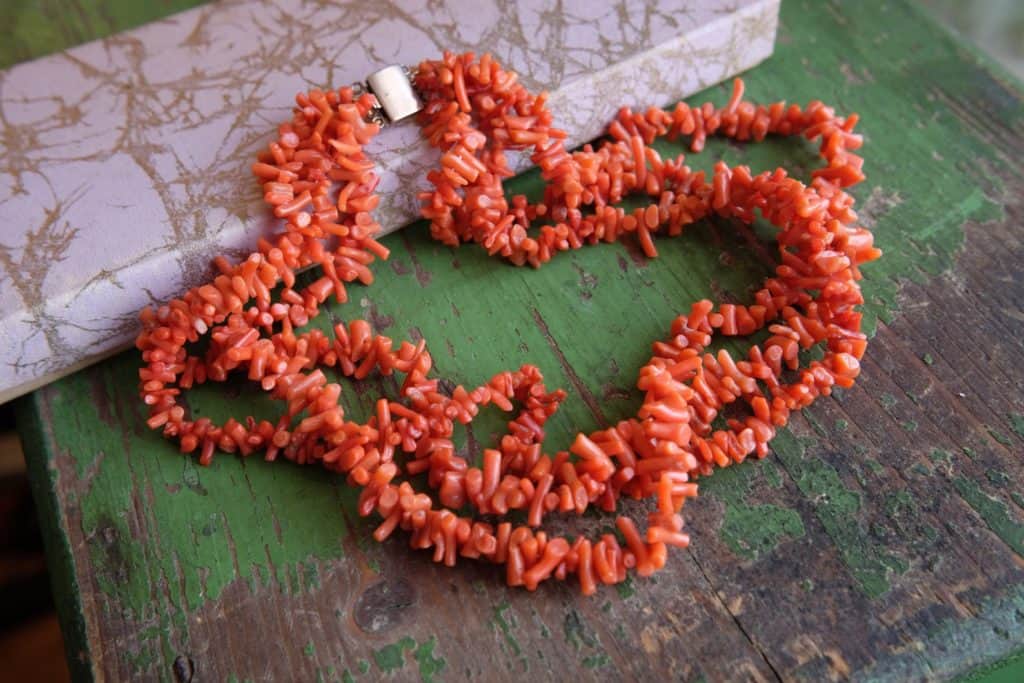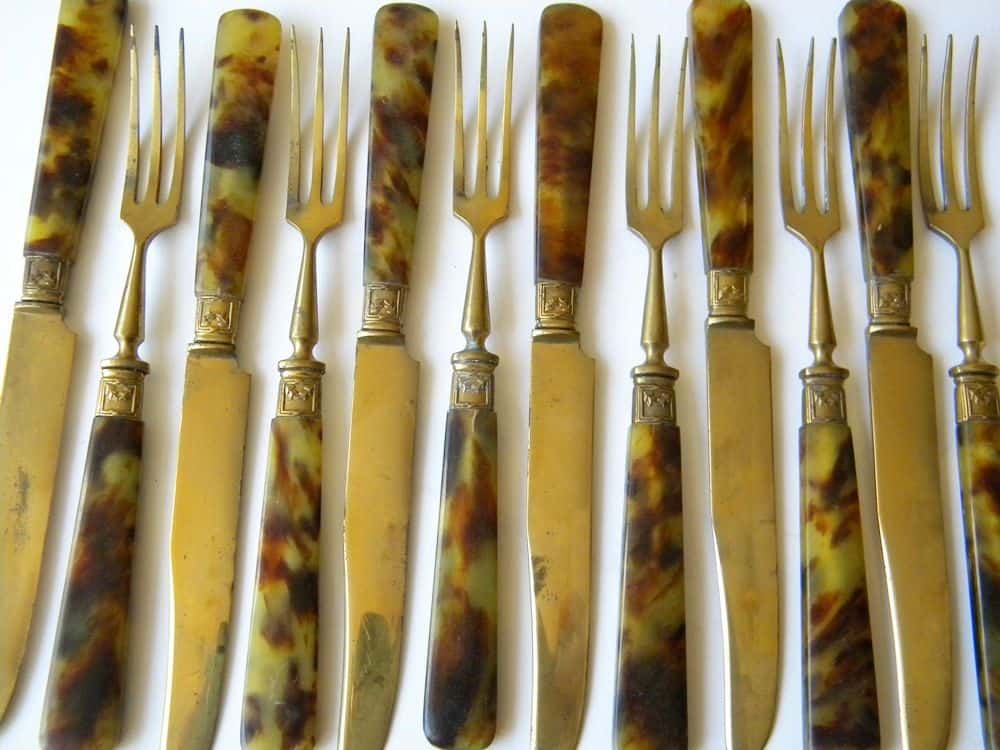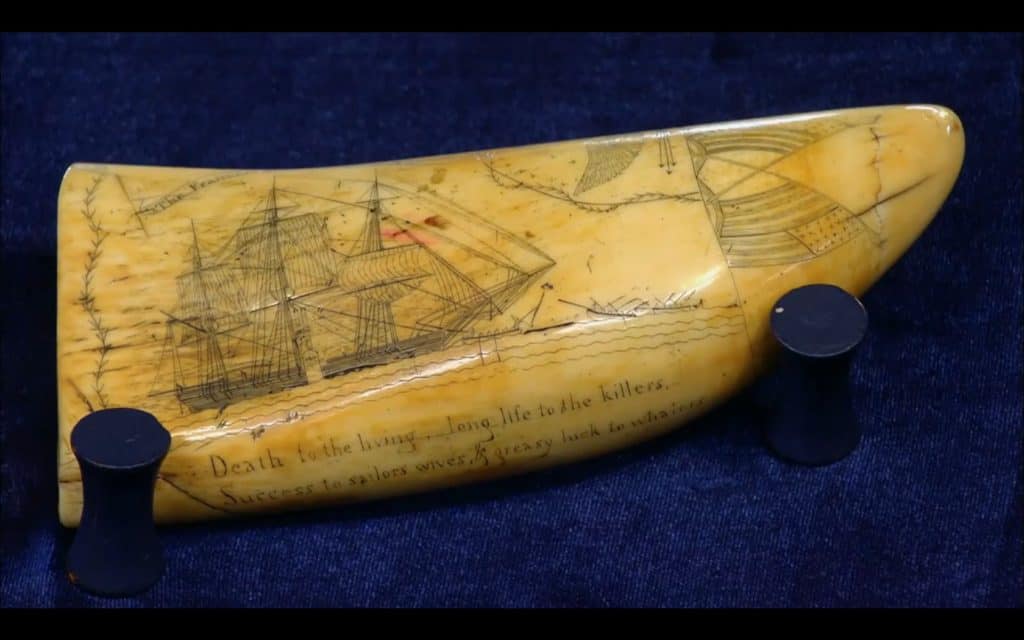Flea market finds go beyond objects made from standard wood and metal. And when trying to identify rare materials, there’s more to spotting the real deal than meets the eye. Clever imitations make their way into the marketplace. Plus some materials are simply mistaken for similar products.
Since items made with rare materials are highly collectible – and valuable – it’s important to make sure you get what you pay for. With some insider tips you can test for authenticity like a pro. Here’s how to identify 8 rare materials found at flea markets.
How to identify Bakelite:

Although synthetic plastic, Bakelite can go for a pretty penny. So how to identify Bakelite from fakelite? Tapped together, two authentic Bakelite bangles make clunk sounds as opposed to hollow clinks. But try more surefire methods too.
First, rub the bangle or broach against your palm to generate friction. Since Bakelite is made from formaldehyde, it smells like a science classroom when heated. Celluloid, though, smells like camphor. Alternatively, apply Simichrome polish or baking soda and warm water with a cotton swab. True Bakelite produces a yellow, tobacco-like color.
How to identify coral:

Coral is associated with oranges and reds, but this organic gemstone can also be white, blue and black. To identify coral, pour white vinegar into a cup and briefly dunk coral pieces. Contact with real coral creates bubbles.
Several tests apply specifically to the popular red. For one, dip coral into a glass of milk. Milk absorbs the color, turning a reddish tint if the stone is genuine. Or rub the piece against raw turmeric root. If red marks streak the turmeric, it’s faux coral.
How to identify tortoise shell:

The use of turtle shells in jewelry and decorative arts reached heights during the Victorian period. In general, real tortoise shell is more transparent in light. Knockoffs also have uniform patterns instead of asymmetrical shapes.
Materials such as Lucite and Bakelite are visually similar. Apply a hot pin in a discreet spot. A whiff of burned hair is a sign of authenticity. If the seller doesn’t want you poking around, look closer. Fine knife marks indicate hand-carved, true tortoise shell. Check further for an unevenness distinct from molded plastics.
How to identify mother-of-pearl:

Mother-of-pearl is an iridescent material made from the shell lining of mollusks. So, how to tell mother-of-pearl from pretty plastic? First off, pearl inlays come in small pieces, not big slabs.
Also check its temperature. Press a known plastic item, like a shirt button, against the back of your hand. Then alternate with the item in question. Real mother-of-pearl doesn’t retain heat like plastic and feels cooler. Not shy? Tap the piece against your tooth. Mother-of-pearl sounds more like glass than plastic.
How to identify ivory:

Real ivory yellows over time, so darker shades suggest older pieces. Beware though, some items tagged “antique ivory” are artificially aged with tea. Moisten your fingertip with saliva and rub said ivory. If color comes off, it’s fake.
Bone and plastic are often mistaken for ivory. A jeweler’s loop can reveal little streaks or pores, telltale signs of bone. In lieu of a magnifying lens, heat a needle with a lighter until it’s red hot. Ivory won’t burn from the needle touch, but bone and plastic will singe.
How to identify ebony:

Carving from ebony wood requires significant skill because of its hard density. It’s even dense enough to sink in water. Since ebony feels heavier than its sleek look suggests, weight is a good indication of authenticity. Likewise, it’s said that if you can scratch it with your fingernails it’s probably not real ebony.
Color is a more difficult gauge. While some types of ebony are jet-black and lack noticeable graining, others, like Macassar ebony, have a naturally streaky grain. Further, some wood is ebonized to look darker.
How to identify horn:

Animal horn is used as decorative mounts as well as material to make objects like knife and cane handles. Common in hair combs, horn doesn’t create a static charge like plastic. Also, horn sinks in water while plastic floats. Horn combs, interestingly, smell like burned hair or feathers when rubbed with a damp finger.
In general, horn won’t turn brittle like plastic when exposed to heat and light. Unlike plastic buttons, horn buttons rarely snap in the washer. The surface of horn, however, is easier scratched than plastic counterparts.
How to identify Sperm Whale teeth:

Ivory whale teeth are especially collectible with engraving known as scrimshaw. To identify whale teeth, rotate them in light. Lines on true ivory disappear, but knockoffs have visible lines from any angle. Uniformly white pieces are imitations. Killer whale teeth, for example, show slight rose patterns.
The preferred test is the hot needle test used on other rare materials. If it melts or sinks into the material, it’s fake. Alternatively, file an emery board in an inconspicuous place. Shavings should have a burned bone smell, not a sweet scent.
Ivory, tortoise shell, coral and souvenirs made from endangered species: Purchasing is risky unless you have a certificate to prove its origin. Not only may you be contributing to the poaching of endangered species, but you could have your item confiscated and even be arrested. Carefully check the legislation in force. In the UK, for instance, the so-called “antiques exemption” allows the sale of ivory that has been carved provided it was worked before 1947. In April 2018 the UK government announced that it would introduce an ivory ban with a small number of exemptions for certain items containing ivory. Antiques Trade Gazette has produced a handy guide to the proposed changes.
Interested in additional savvy shopping techniques? For more insider tips, check out these flea market guides to antique silver, vintage guitars, and vintage vinyl.

